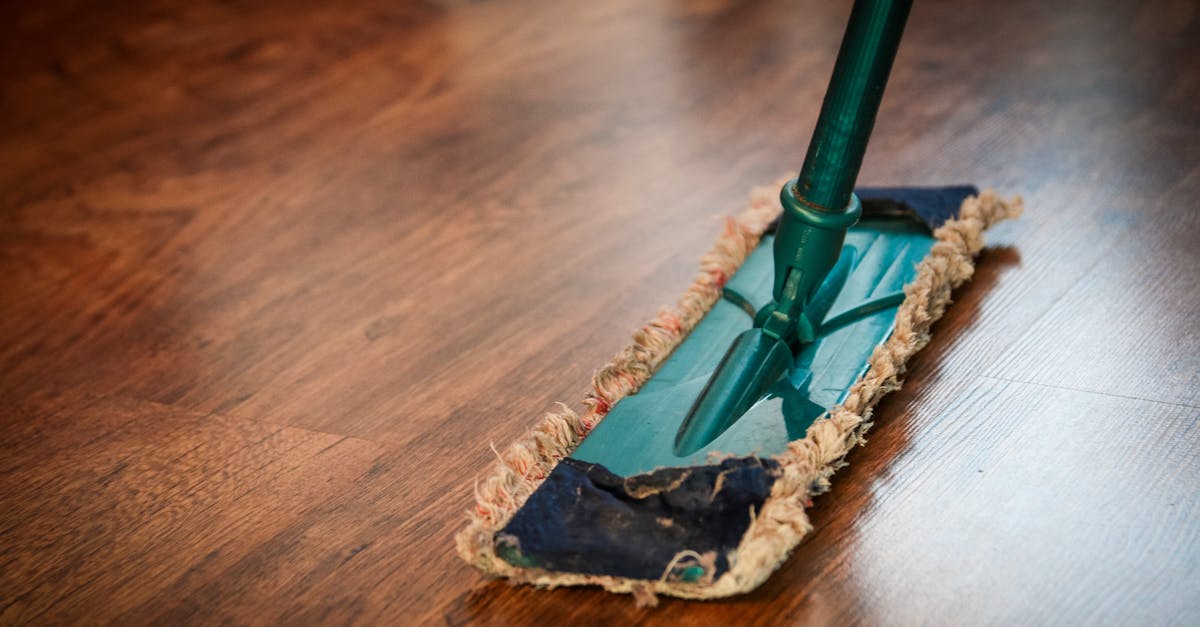
How To Make Homemade Soap From Scratch
- September 30, 2024
- 5 min Read
- Views 775
How to Make Homemade Soap from Scratch
Learning how to make homemade soap from scratch is a rewarding and enjoyable process that can yield luxurious results. Creating your own soap allows you to choose the ingredients, fragrances, and textures to suit your preferences and skin needs. In this guide, we’ll take you through the basics of soap-making, from gathering the materials to the final product.
Materials and Ingredients You'll Need
Before starting your adventure in soap-making, it is essential to gather all necessary materials and ingredients. Here's a list of what you'll need:
- Lye (Sodium Hydroxide) - essential for saponification
- Distilled Water - for dissolving lye
- Oils and Butters - typical choices include olive oil, coconut oil, palm oil, and shea butter
- Essential Oils - for fragrance
- Colorants (optional) - natural or synthetic for adding color
- Kitchen Scale - to measure ingredients accurately
- Heatproof Containers - to mix lye and water
- Stainless Steel Pot - for melting oils
- Thermometer - to monitor temperatures
- Stick Blender - for blending the soap mixture
- Soap Molds - to shape the soap bars
- Protective Gear - including gloves and goggles
Safety Precautions
Before you start making homemade soap, it's imperative to follow safety guidelines due to the handling of lye, which can be dangerous:
- Always wear protective gloves and safety goggles when handling lye.
- Work in a well-ventilated area to avoid inhaling fumes.
- Keep a bottle of vinegar nearby to neutralize any lye spills effectively.
- Avoid using aluminum or plastic containers and utensils when working with lye.
- Respect lye by adding it to water, not vice versa, to prevent dangerous reactions.
Guide Steps on How to Make Homemade Soap from Scratch
1. Prepare Your Workspace
Start by clearing your workspace and ensuring you have all your ingredients and equipment within reach. Line your soap molds with parchment paper to make soap removal easier.
2. Measure and Heat the Oils
Using your kitchen scale, measure out the desired quantities of oils and butters. Combine them in a stainless steel pot and heat gently over low heat until fully melted and well mixed. Turn off the heat and allow the mixture to cool to around 100°F (38°C).
3. Mix the Lye Solution
With extreme caution, measure out the lye and distilled water separately. Slowly add the lye to the water (never the reverse) while stirring carefully. The solution will heat up rapidly and release fumes, so do this step in a well-ventilated area. Allow the solution to cool down to 100°F (38°C).
4. Combine Lye Solution with Oils
Once both the lye solution and oils have reached the proper temperatures, carefully pour the lye solution into the oils. Use a stick blender to blend the mixture until it reaches "trace," which is the consistency of a light pudding.
5. Add Fragrances and Colorants
If you’re incorporating essential oils or colorants, now is the time to add them. Stir thoroughly to ensure an even distribution throughout the soap batter.
6. Pour into Molds
Pour the soap batter into your lined molds, smoothing the top with a spatula if necessary. Tap the molds gently on the counter to release any trapped air bubbles.
7. Let It Cure
Cover the molds with a towel or plastic wrap to prevent ash formation on the soap surface. Allow the soap to harden for 24-48 hours. Once set, remove from molds and cut into bars. Let the bars cure on a drying rack in a cool, ventilated area for 4-6 weeks. This curing process will ensure the soap hardens properly and any residual lye is neutralized.
Frequently Asked Questions
Can I make soap without lye?
Technically, no. Lye is essential for the saponification process, which transforms oils and water into soap. However, if you prefer to avoid direct handling of lye, consider using a pre-made soap base in melt-and-pour soap making.
What oils are best for soap making?
Olive oil, coconut oil, and palm oil are among the most popular choices because they provide a good balance of lather, conditioning, and hardness. Shea butter, cocoa butter, and castor oil can also enhance the luxurious feel of the soap.
How do I know if my soap has reached 'trace'?
'Trace' is achieved when the soap mixture thickens to a pudding-like consistency and you can see trails on the surface when you drizzle it back into the pot. It can take a few minutes to over an hour, depending on your stirring technique and ingredients.
Can I speed up the curing process?
No, allowing soap to cure for the recommended 4-6 weeks is important for it to harden properly and ensure all lye has reacted. Rushing this process can result in a softer, less effective bar of soap.
Tags
DIY Soap, Homemade Soap, Soap Making, Natural Soap, Homemade Beauty Products
References
Lye Safety Guide
Natural Soap Making for Beginners
Basic Soap Making Recipes
People Also View
-
1October 23, 2024
-
2September 30, 2024
-
3October 23, 2024
-
4October 23, 2024
-
5October 22, 2024
Categories
- Near Me 2147 Posts
- How To 548 Posts
- Where To 257 Posts
- Why 90 Posts
- How Much 97 Posts
- Travel 202 Posts
- Food And Drink 815 Posts
- Shopping 797 Posts
- Lifestyle 1050 Posts
- Automotive 364 Posts
- Digital Income 70 Posts








